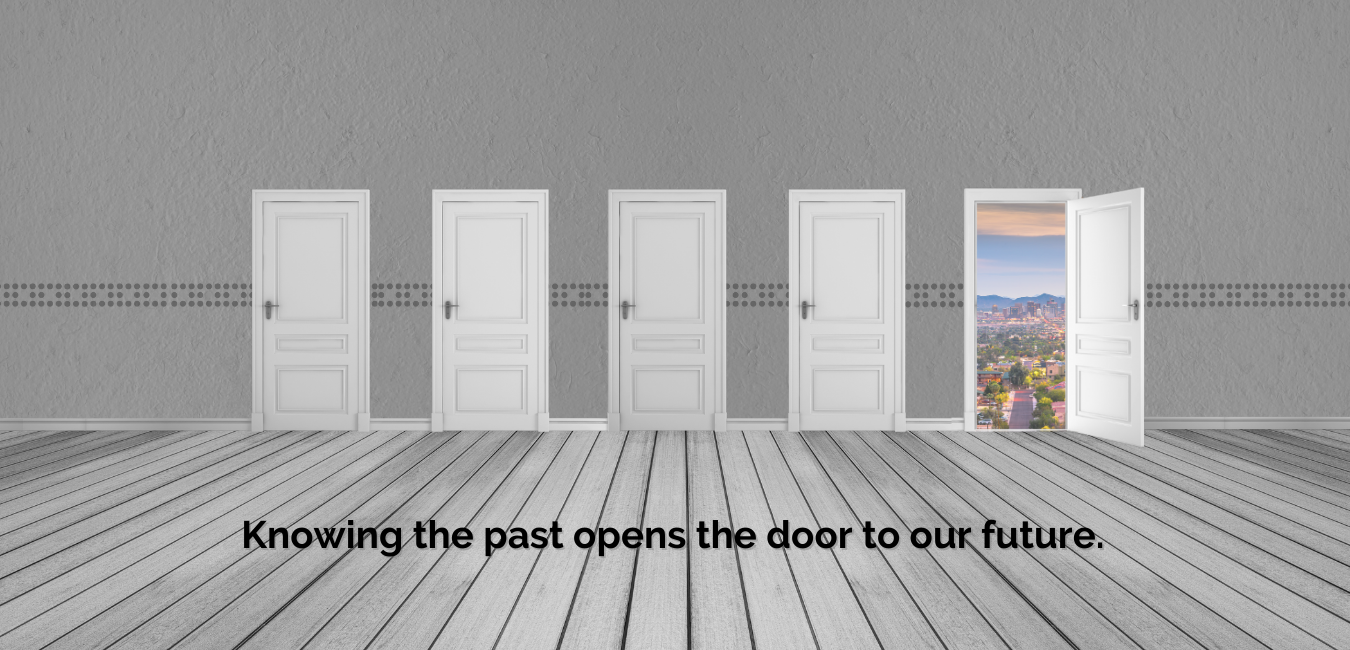Knowing the past opens the door to our future.
Our company’s history began almost three decades ago in response to the behavioral health system’s need for specialized housing expertise. This program provided housing for 300 individuals with a serious mental illness (SMI) who were experiencing homelessness. We knew this would be no small feat as the stigma and discrimination towards individuals experiencing homelessness and behavioral health disorders was extremely pervasive and entrenched in our society; however, we also knew this was an opportunity for change. We recognized our leadership could give this vulnerable population a fighting chance.
Facing and overcoming adversity for those experiencing homelessness has been a national issue since the 1800s. For centuries, several great social change leaders have brought forth the ability to triumph over adversity in housing, becoming changemakers in history.
As HOM continues to evolve as a company, we maintain the tenacity of those leaders and the spirit that founded our organization; the impossible can become possible if we believe we can.

Knowing and understanding the efforts of pioneers who overcame societal barriers in housing is important. It helps us understand where we came from and where we are going.
As a constant reminder of the considerable accomplishments in history, HOM offices have four conference rooms, all named after – and in celebration of – leaders in the fight against homelessness.
The Bauer Room
As a prominent member of a group of urban planners, Catherine Bauer spent much time advocating for affordable housing for low-income families. Her personal and professional endeavors transformed social housing in post-Depression era United States. As Executive Director of the Labor Housing Conference for the American Federation of Labor, Bauer was an author of the Housing Act of 1937, of which many provisions remain today. Her influential book, Modern Housing (1934), which highlights the many successes of the public housing strategies of Europe, is considered a staple-read in the housing field.
The McKinney Room
Stewart B. McKinney was a member of congress who spent much of his time working on housing legislation which culminated in the creation of 20 homeless programs administered by nine federal agencies – the Stewart B. McKinney Homeless Act – the precursor to the current HEARTH (Homeless Emergency Assistance and Rapid Transition to Housing) Act .
The Vento Room
After the death of congressional representative Bruce Vento, the Stewart B. McKinney Homeless Act was renamed the McKinney Vento Homeless Act, in honor of Vento’s support of the act since its creation in 1987. Upon his passing and the renaming of the legislation, congressional representative, James Leach, had this to say of Vento, “There are so many things that I could say about him, but maybe more than anything else, Bruce Vento cared. […] And it is difficult to say what he cared about most. But very possibly he might have cared most about our homeless. For 24 years, Bruce was a tireless champion and advocate on behalf of homeless people. […] His commitment can be found in a shelter where families go for a hot meal. His commitment can be found in a vacant building that has been converted into a place where the homeless can find a bed and a roof over their heads,” (Leach, 2000).
The Weaver Room
Robert C. Weaver had an extensive career within the federal government helping to influence and shape policies informing racial inequalities in employment, education, and housing. In 1966, upon its creation as a single organization – combining the Housing and Home Finance Agency with three other prominent housing agencies – Weaver was appointed the first secretary of the Department of Housing and Urban Development (HUD), which made him the first black member of a presidential cabinet. The HUD headquarters was posthumously named in his honor.
In some regards, throughout history we have already made tremendous progress, but like these great leaders, HOM is dedicated to ending homelessness and will continue to overcome significant barriers to finding safe and stable housing for those in need.









